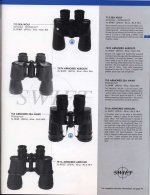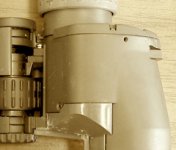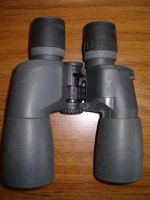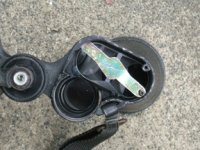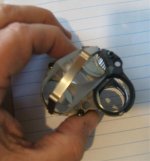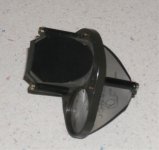elkcub
Silicon Valley, California

Steve/ GG,,
It may very well be that the 1980 Swift Focus series was made by the same manufacturer as the Aerolite series. They are both "Z" bodies and still on the inexpensive side by comparison with the Mark-II premium binoculars.
The Aerolite name may have been registered to Swift and used with other manufacturer's products, however. For example, as GG mentioned, there was a 781A Armored Aerolite sold twenty years later in 2000. But it didn't have Swift Focus, and note the narrow field.
Ed
It may very well be that the 1980 Swift Focus series was made by the same manufacturer as the Aerolite series. They are both "Z" bodies and still on the inexpensive side by comparison with the Mark-II premium binoculars.
The Aerolite name may have been registered to Swift and used with other manufacturer's products, however. For example, as GG mentioned, there was a 781A Armored Aerolite sold twenty years later in 2000. But it didn't have Swift Focus, and note the narrow field.
Ed
Attachments
Last edited:




